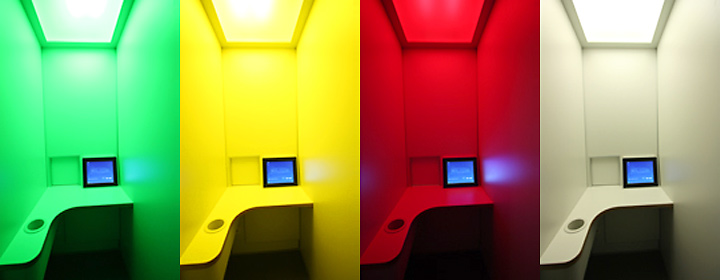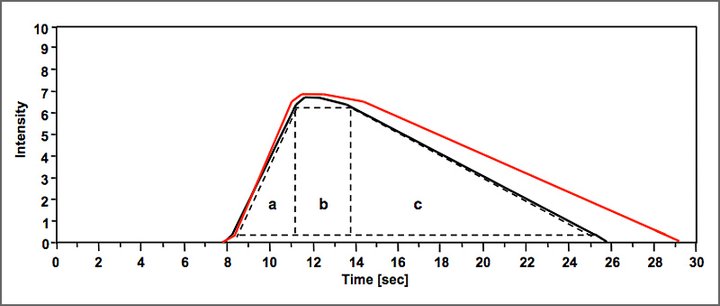
Sensory analysis
Using the human senses as analytical tool, sensory analysis is applied for the evaluation of complex food products, fractions as well as compounds isolated from foods. Advanced analytical sensory methods require the application of standardized methods for testing and data collection, regular training and performance measurement of panelists as well as statistical evaluation of test results.
The chair operates a sensory evaluation lab composed of a preparation area and 8 test booths each equipped with touchscreen-controlled sensory software system (FIZZ) and lighting system (4 colors, freely mix- and dimmable). Several expert panels specialized for various product groups and taste sensations (e.g. savory, astringency, sweetness, kokumi) are trained for the implementation of all kinds of sensory experiments. These methods range from basic discrimination tests (e.g. paired comparison tests, triangle tests, Duo-Trio tests, ranking tests) to complex descriptive profiling techniques (e.g. rating/scoring analysis, taste profile analysis, quantitative descriptive analysis, time-intensity analysis, temporal dominance of sensations, napping profile mapping).
Moreover, analytical sensory experiments, designed for use in sensomics research, are focused on screening (e.g. taste dilution analysis, comparative taste dilution analysis, half-mouth test), characterization of psychophysical properties (e.g. threshold determination, isointensity experiments, recording of dose-response functions) and data validation (e.g. reconstitution experiments, omission experiments).

